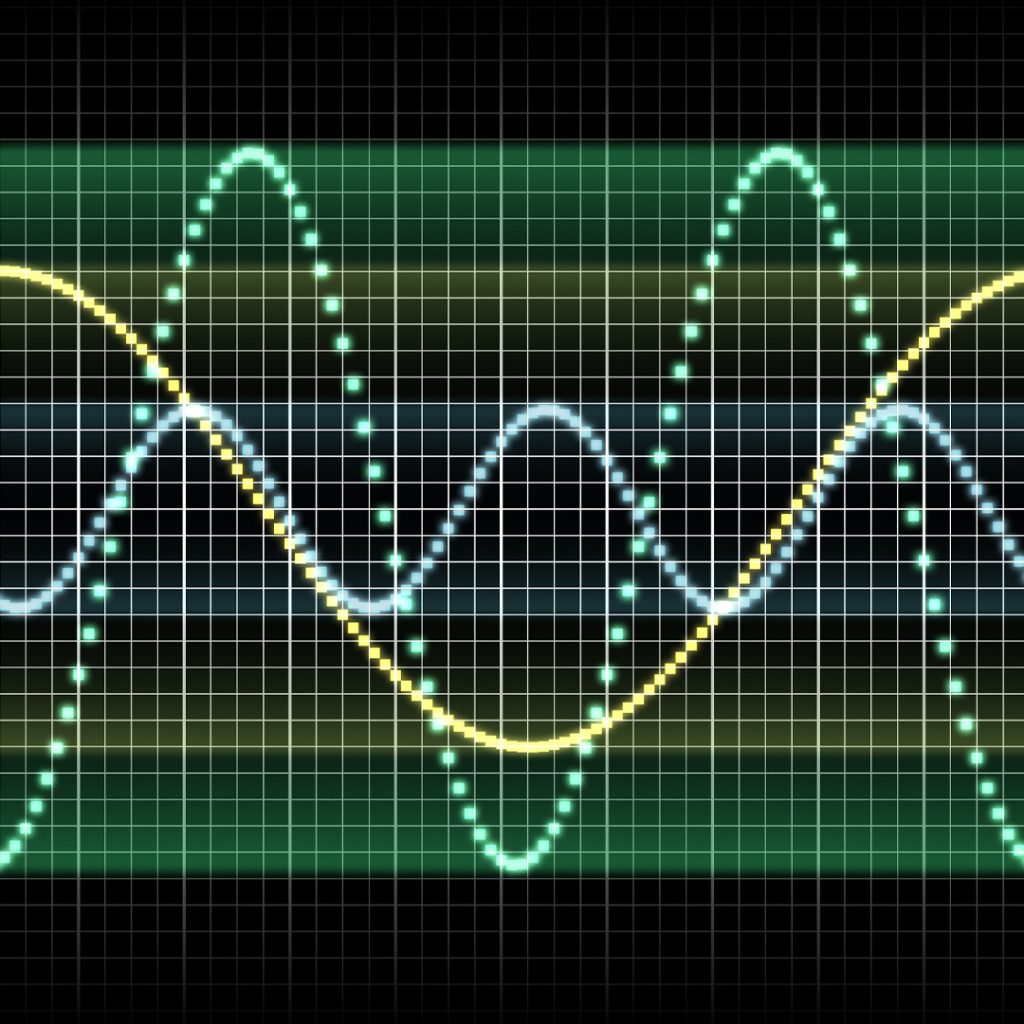Hearing is one of our primary senses. We often take for granted that we can “just hear. But it is far from always so obvious. Our hearing is a complex organ that must be properly cared for. On this page, we explain how hearing actually works.

What is sound?
To understand how the ear works, we must first answer the question of what sound actually is. Sound is actually an audible change in air pressure. This change causes vibrations (waves) that can move through the air.
The distance between the waves is called the frequency, which is measured in Hertz (Hz) and determines the height of the sound. The height of each wave is the amplitude. This determines the loudness of the sound and we measure it in decibels (dB).
The ear
Sound waves are picked up by the ear. They reach the eardrum through the auricle and ear canal, which takes over the vibration, so to speak, and transmits it to the ossicles: hammer, anvil and stirrup.
The hammer strikes the anvil, which transmits the vibration to the stirrup. Through the oval window, the vibration enters the inner ear, also called the cochlea.
Inside this cochlea are three chambers filled with fluid. In the middle chamber here is Corti’s organ, which converts mechanical signals into electrical signals, which are then sent to the brain via the auditory nerve.
Corti’s organ contains outer and inner hair cells. The outer hair cells determine the pitch; the inner hair cells transmit it to the auditory nerve. These hair cells are subject to age-related wear and tear, medication use or noise damage, for example, which can cause hearing loss.



You must be logged in to post a comment.